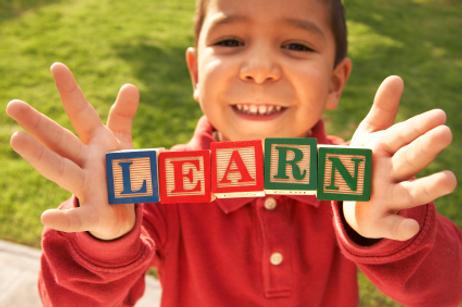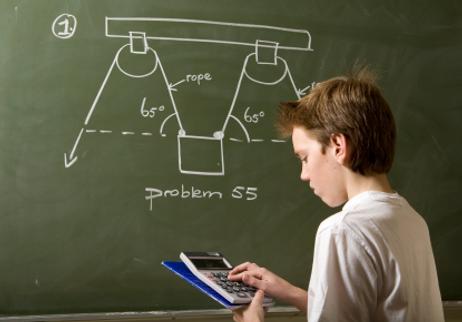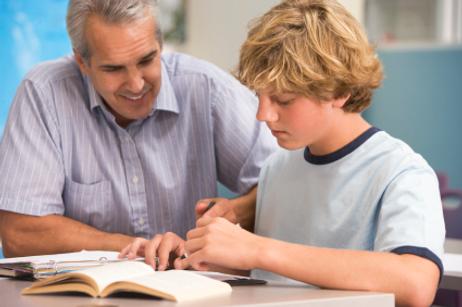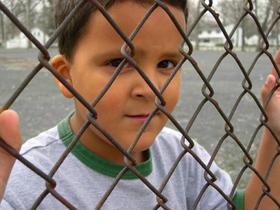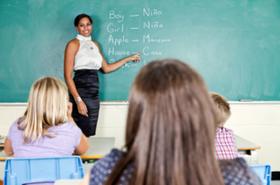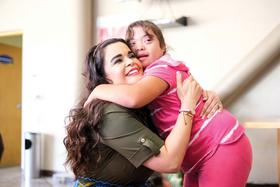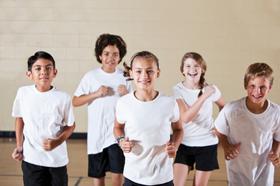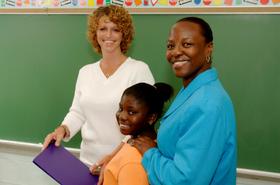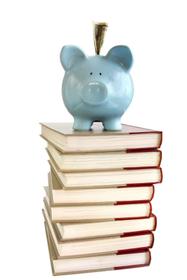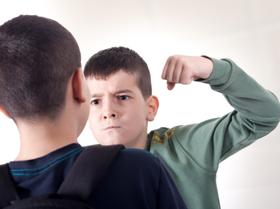Through educational research, today’s teachers know much more about learning styles than their predecessors. Subsequently, public schools are starting to create programs that accommodate different learning styles, with kinesthetic learning coming to the forefront.
Kinesthetic, derived from kinesthesia, refers to one’s movement sense. As a result, a kinesthetic learner is essentially a student who learns most effectively from movement-based or motion-oriented activities. According to experts, kinesthetic learners are typically identified as individuals who demonstrate excellence in areas of sports, dancing, hands-on tasks, physical activities, and motor skills.
Due to their unique activity-based learning style, many kinesthetic learners often struggle to remain motionless in a quiet and still classroom. As a result, public school leaders are seeking to implement new and innovative kinesthetic lesson plans.
This TED Talk describes kinesthetic learning.
The Signs and Unique Needs of Kinesthetic Learners
According to experts, every child tends to exhibit a certain form of “learning style.” For example, some students are auditory learners, wherein these types of children learn best from oral instructions and verbal commands. Other students are visual learners, who encounter the greatest benefits from pictures, charts, or other forms of sight-based structures.
Among the most common type of learning styles among younger children, however, is the kinesthetic style. As kinesthetic learners demonstrate an aptitude for movement-based activities, many children who fall into the kinesthetic category struggle to adhere to the

